homeschooling q and a, part three.
Happy Friday, dear friends!
We’ve almost made it! I hope this series has been helpful for practical ideas, trouble-shooting your home school, or perhaps thinking through whether homeschooling might be for you.
If you have any other questions, please let me know through comments or email!
Last few for now …
Q. How do you homeschool multiple grades?
A. I feel barely qualified to answer this since this is really the first year you could say I’m schooling “multiple” grades, but here we go.
I’ve been pleasantly surprised how smoothly the transition has gone to homeschooling three grades. My best tricks for helping this go smoothly are to: 1. Be organized, 2. Practice through following a regular routine, 3. Get help.
First, organization.
You know by now that my house is pretty neat. Now, you do not have to have a neat house to do life or homeschool successfully!!! Some of my favorite people have messy houses and I love their laid back approach to life. I need them to balance me out.
If you want to homeschool multiple ages without losing your mind, you should find what makes you feel as peaceful as possible. For me, it’s a neat house. My brain doesn’t feel as cluttered. Our stuff doesn’t get lost or broken (or as lost or broken). Best of all, I don’t spend the time that I should be homeschooling searching for things.
The best path to a neat house is to have less stuff, and to clean up throughout the day as you go. We work on this together as a family, all of us. Everything has a place, and things should be put all the way back in their proper place when cleaning up. We also do group clean-up before afternoon rest time, and before bed.
I’ve made it a personal goal that the kids should be able to completely straighten up their rooms in five minutes. If it takes any longer, they have too many toys (we do allow them to rotate toys from the attic from time to time).
You’ve caught this theme throughout the series, but I work hard to keep our homeschool curriculum and supplies very streamlined. Our dining room shelves only contain the items we’re using right now; everything else gets stowed away for later use. If someone passes along a homeschool item and we don’t use it for several months (even if it seems great), I give it away or recycle it.
I don’t let piles of paper build up. Every child has their own basket or shelf for workbooks and art projects. I have a box for recycling in the dining closet. Art work gets proudly displayed on the fridge for a week or so, then it goes straight in the recycling box (a few very special projects get put in a 3-ring binder I have for each child).
We have a book basket in the living room where all library books live. Almost immediately after a trip to the library, I begin a cloth bag of books we’re finished with. It sits by the front door for the next available person to drop them by the library (David and his Mom are always happy to help me with book returns).
Second, routine.
I prepared ahead of time for homeschooling multiple grades by having a good routine down pat. I’m not talking a strict minute-by-minute schedule. I just mean set times for meals and snacks, a time for starting our school day, afternoon quiet play time. I try to plan out my mornings so that I’m spending a little one-on-one time with each child, no matter their age, even if it’s just 20 minutes.
So then when that child becomes old enough for school, I just slide their school work into that slot.
My advice is that during the younger years, even before you’re schooling multiple grades, work on that routine. Day after day. Even when you’re bored. Do some group work that includes read-alouds and something artsy (play doh? coloring?), read good books, go outside together or send your kids outside to play together, carve out a little time with each of your kids.
The daily logistics of homeschooling multiple grades works best when I:
1. Start the morning with our group work
2. Rotate through and spend focused time with each child and do all their individual work during one time slot.
3. Teach older children over time how to work independently.
Here’s a revelation for you. Even with a routine. Even with organization. Even with a third grader who can do several things independently: We almost never get everything done in a day. I try to make our assignment lists as realistic as possible, but it’s a lot of work and a lot of kids and there’s always interruptions.
But if we’ve started our day with the inspiring stuff: our group work and read-alouds, if we’ve gotten outside, and I’ve tried to spend a little time working with each child, I count that day as a success, whether we’ve gotten through all the prescribed workbook pages.
I don’t like doing this often, but if I feel that we’re getting behind in an area, I’ll nix group work and read-alouds, and focus on skills work for the day. It’s not as fun, but all of the reading and handwriting and math are important too.
I’m not saying it’s perfect, but I really, really enjoy homeschooling multiple grades!
This is my favorite homeschooling year so far. I enjoy the focused time I spend with my kids as they’re learning, and I’m inspired to learn alongside them. It involves work and organization, yes, but homeschooling truly gets easier as kids get older and more independent, and so I personally feel like homeschooling multiple grades with older kids is easier than homeschooling fewer grades with really little kids in your home.
Take heart! Your time is coming too!
Finally, David has taken over teaching math to the oldest two kids this year. This has been amazing for us! He’s surprised by how much he enjoys it, Judah and Amie love the time with their Dad, and I’m beyond thrilled because math is so not my thing. David makes it creative and fun in ways I just couldn’t.
He meets with them twice a week and does two lessons each time (we have to get creative about fitting these times in because he doesn’t have a traditional work schedule). The kids still have 2 daily worksheets as their math homework, and Amie needs some help with those, but just taking out the instruction time lightens my load enormously.
If you’re married and your spouse can take over a part of school — even with one child — that will help tremendously with schooling multiple grades. If not, maybe you can ask a grandparent for help? Some people also hire homeschooled high school students for tutoring help.
Q. How do you homeschool with littles around?
A. Friend, if you’re homeschooling with very small kids in your home, especially an infant, you have all my respect (and sympathy). Actually I realize that I can’t accurately speak to this because I had two kids when I started, and then added two toddlers. So I never found myself trying to homeschool with a newborn or nursing baby.
All I can say from talking to lots of friends is it’s really, really hard.
And what I can personally say from trying to homeschool after adopting two little boys, is that’s really hard.
Three thoughts:
1. Routine is your friend. Are you tired of me talking about routine? Seriously though. Kids of all ages crave a predictable routine. Your life will be smoother — whether homeschooling or not — if you work on giving it to them. Talk to your kids about it, tell them you’re a team and when everyone works to follow the plan, you’ll have more time to spend together.
Even if you’re barely getting actual school done, focus on your morning routine. I’m gonna be controversial and say that I think small babies can be put on a regular routine too with benefits for everyone. That way your big kids know they will get time with you at some point in your day.
Make having your older kids play with the younger ones part of the routine. So I typically bring one child into another room to do our focused one-on-one school work, and the others play with the boys (or just Noah). I know for really young toddlers you need to supervise more, but try to be creative with this. It’ll get easier, I promise.
I also used TV way more when my kids were smaller. They watched about an hour a day, just so I could get through some school (or honestly, just so I could get through the day!). Don’t feel guilty for that. You’ll eventually be able to transition away from it and won’t even miss it.
2. Teach your kids to obey. The time you spend disciplining your children is an investment that will pay dividends in your homeschool (and life) later on. Your kids can and should learn to obey you. Discipline is not yelling or being a slave-driver. It’s calmly telling your kids what’s expected of them and carrying out consequences when they don’t listen.
Very small children can learn to obey. Adopted children can learn to obey. Wiggly, strong-willed boys can learn to obey.
Now, the reason I started with routine is because I think you should try to set your kids up for success as much as possible before you discipline. Are they getting enough sleep? Eating regular meals? Limiting sugar? Getting enough exercise and outdoor time? Do they know what to expect from your day?
If so, then begin the work of expecting first-time obedience (“with a happy heart” we say in our family). Bad attitudes and talking back and temper tantrums are disobedience.
My mom used to say, “All families have different rules, and that’s okay! The most important thing is not so much which rules you choose, but that you are consistent about communicating and enforcing them.”
Every good relationship is grounded in respect, and our kids will respect us when “mean what we say,” by following through with rules, rather than allowing them to argue/manipulate/ignore us. We are not victims of our kids! God created us to be a loving authority and shepherd in their lives. I truly believe they love us better when they respect us. It paves the way for a smooth homeschooling experience as well.
We’re also setting our children up for success in life. We’re teaching them appropriate ways of expressing themselves. For the rest of their lives, they’re going to be told what to do and have to listen and deal with their emotions. They’re going to have to learn that they can’t have their way all the time. And as they learn that, they can begin to look beyond themselves and learn how to serve other people.
Guys, I understand that setting up a predictable routine and expecting obedience are not easy tasks. If you have more than one child, those tasks plus meals and housework can feel like a full-time job alone, forget trying to homeschool.
They take time, consistency, lots of tears, lots of repentance.
I do not do these things perfectly, ask anyone who lives with me.
But I can’t tell you enough the difference it’s made in our home to stick with these practices, day after day. We worked with Judah and Amelie when they were little. We spent so much time last year teaching Gabe and Noah to obey. Our homeschool was interrupted countless times.
But guess what! It’s over! In the end a year or four is nothing compared to a more peaceful life in my home with my kids. We are all happier as a result.
It was worth every second.
3. A fenced in backyard and a trampoline work wonders. I know this simply isn’t possibly for everyone, I know that. And after nearly two years in high-rise apartments in India, I pray I never take our beautiful backyard for granted. But seriously. I don’t think I could homeschool boys without these two things.
Q. What do you do for kindergarten in your house?
I’m not one to push preschool or 4K, but since adopting the boys, we do 4K because, 1. They want so bad to be big kids and do school too, and 2. We start to get in the habit of some school work to help the transition to older grades become smoother.
In my mind, 4K and kindergarten really blend into one. We spend two years on these grades, but instead of following any set curriculum, I simply move on, skill by skill, with my kids. Come to think of that, I do that with all grades. For example, Amie is doing some first grade work this year and some second grade work.
I’m very relaxed about 4K and kindergarten, and I do not follow a set curriculum.
Here’s what I do with Gabe right now:
– All my kids have about 15-20 minutes of educational iPad work each day, mostly just to break things up and add something fun into our day.
– Gabe sits in my lap and does his first app, Handwriting Without Tears. I love this one because it has helped my kids learn to form their letters correctly and gives me words to use as I’m reminding them how to form letters. He chooses two letters.
– I do speech with Gabe at home with input from a friend who is a retired speech therapist. We use the Articulation Station app for letter sounds and this also has been hugely helpful.
I like it because you only purchase the letter sounds you need. Gabe chooses two games to play from the letter sound we’re currently working on, and I make sure to be present to help guide him through pronunciation. This is also special fun time for us, we laugh and cuddle. I’m so proud of how hard he works on this and how well he’s doing.
– He then moves to the table for 2-4 worksheets in his Explode the Code preschool workbook, which he loves. This focuses on handwriting and beginning letter sounds.
– Finally I choose one more activity for us to do together. He reads his 100 number chart to me and I’ll point out numbers for him to identify. We review his letter sounds flashcards. He puts foam numbers in order. We start some basic adding and subtracting (very basic, with fun counting games).
– Starting around age five, when my kids have all their letter sounds down well, I beginning pulling out Ordinary Parents Guide to start more formal reading lessons. With each of my three oldest, this has at first involved trying a lesson or two, then putting the book away for awhile. I think blending letters into words is a skill that just clicks into place at a certain age — that age could be different for everyone. I want reading to be as enjoyable of a process as possible, so if I sense they’re just not ready to start reading, I put the book away for a couple of months. In the meantime we practice identifying letters, looking at words to try to sound them out, etc, but in a very fun, laid back way.
– Someone told me once that kindergarten is about teaching kids that school is fun, so that is always my focus. I do not push them. They spend lots of time playing with toys and lots of time outside.
– All of the above takes about 30 focused minutes. Gabe and I both love it!
– The rest of his school includes CC on Mondays, our daily CC review time, and fun little projects with his siblings that I mentioned on Wednesday. I don’t make him sit in for chapter books, but typically he half-listens while doing art or playing at the table. None of my kids have really started enjoying listening to chapter books until about 6 years old, and I’m fine with that.
– Finally, I read picture books with the three youngest kids — during our school morning if possible, and again at night before bed.
I do a few things with Noah this year, just for fun, but I’ll be honest, guys. Some mornings I do not get around to spending time with him because I’m so busy with the older three. I hate that and it’s something I plan to work on once we finish CC for the semester on Monday.
Noah will be four next month (can you believe it!?), and though he was by far the most challenging in the beginning, he’s by and large a happy, contented, cooperative guy now, who likes to be at the table with us, outside, or hanging out with his siblings. He loves CC and also gets lots of social time at swim practice.
He also plays well by himself. He likes the Starfall app on the iPad and does that most days.
I feel excited about adding him into the mix bit by bit.
And that’s it!
There are three questions that I didn’t tackle in this series. I plan to answer them as stand-alone posts over the next few weeks because I think they apply to non-homeschoolers as well:
-How do you raise kids who love reading for fun?
-How do you keep your sanity homeschooling (or raising) a big family as an introvert/highly sensitive person?
– Do you do Morning Time? If so, can you tell me about it?
I’ll elaborate more soon. But for now, I’m done.
Which that leads me to my last tip of the week:
Take a break from thinking about homeschooling!!!
I love it, I truly do, but I’d literally go crazy if that’s all I thought/talked about.
Researching and blogging and trading ideas with friends is super fun, but I sometimes I just need to stop already, know what I mean?
There are many others things I enjoy! I love reading books, photography, cooking and baking, gardening, and travel. What are some things that you love? Make time to pursue them and I promise you’ll be a better homeschool parent!
Have a wonderful weekend! Hugs!

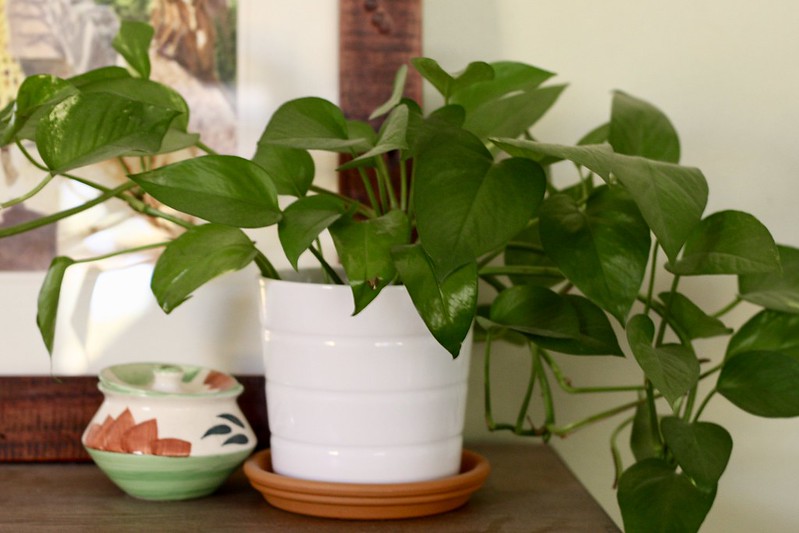

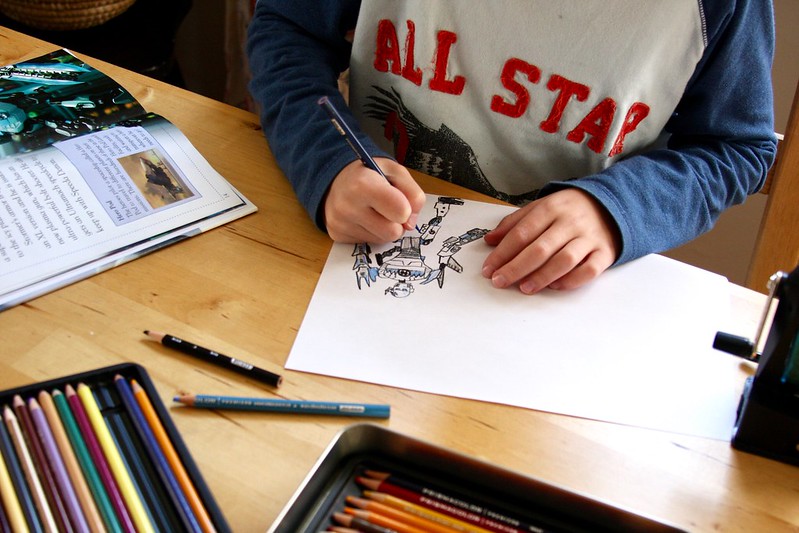
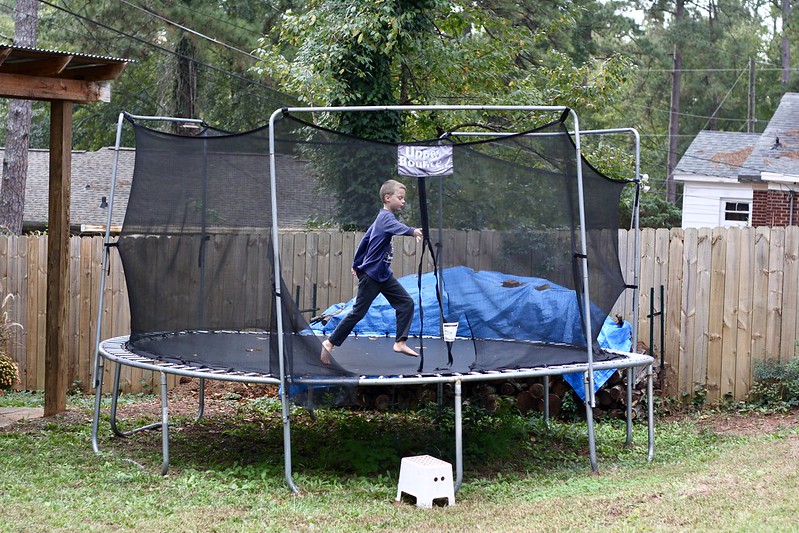

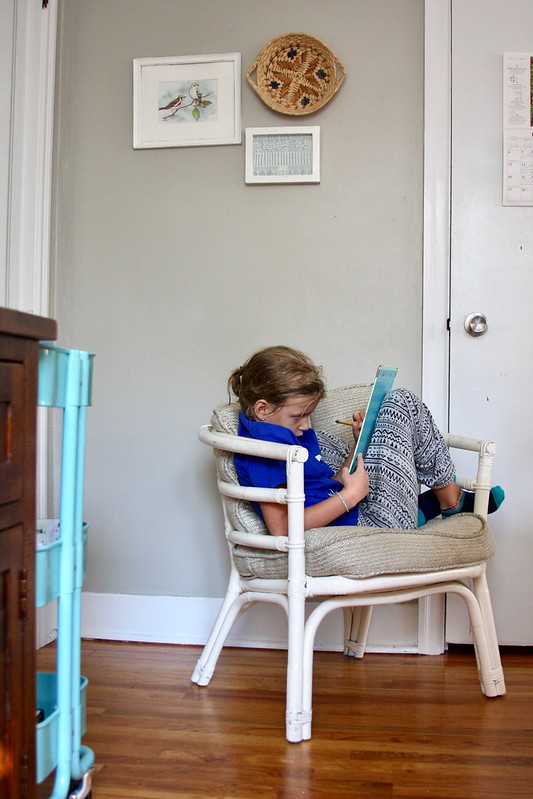
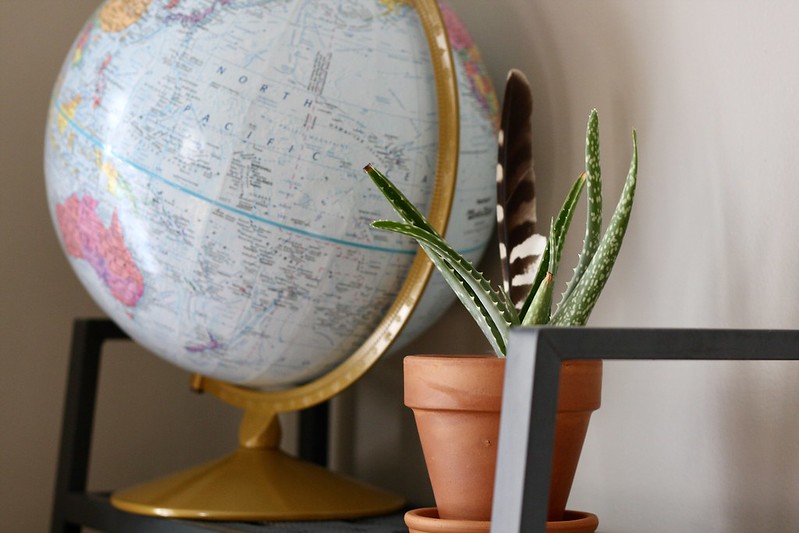
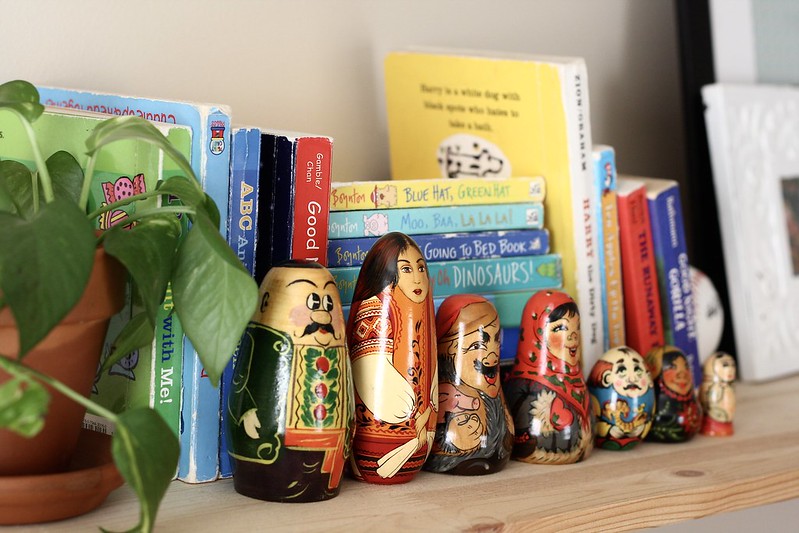
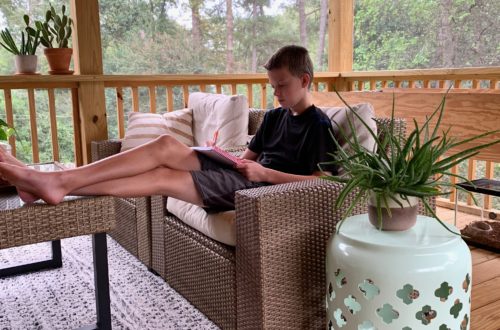
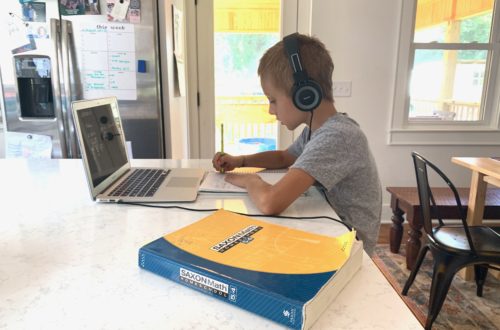
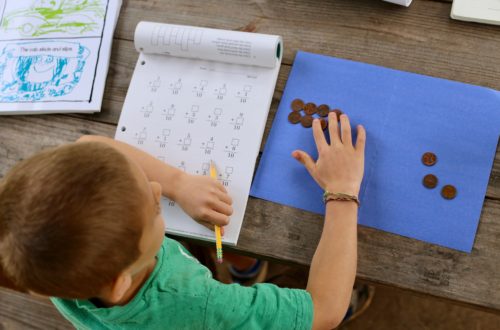
One Comment
Sarah
Such a good one friend. I reread it 🙂 I am with you about some type of order environmentally and teaching. Makes me itching to do some good old purging round here 😉 looking forward to your introverted/highly sensitive blog post!